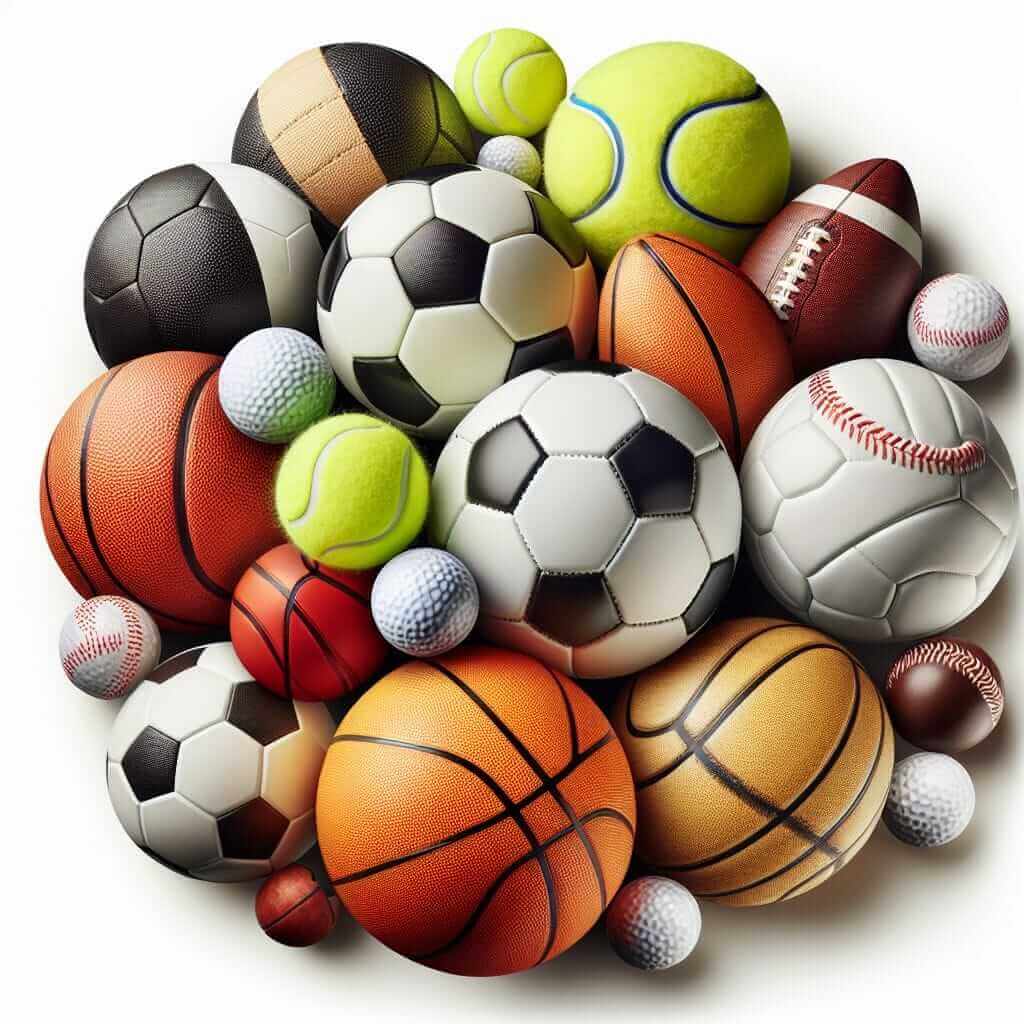As an experienced IELTS instructor, I often encounter students struggling to express themselves with variety and precision. One area where this frequently arises is in describing objects, specifically different types of “balls.” While “ball” seems simple enough, using more specific vocabulary can significantly enhance your lexical resource score in the IELTS Speaking and Writing sections. This article will explore various terms for “balls” based on their context, helping you communicate more effectively and achieve your desired IELTS band score.
Understanding the Importance of Specific Vocabulary
Using precise vocabulary demonstrates your command of the English language, a key factor in achieving a high IELTS score. Instead of repeating generic words like “ball,” employing specific terms showcases a wider range of vocabulary and a deeper understanding of nuanced meanings.
For instance, consider the difference between saying “He hit the ball into the net” and “He volleyed the football into the back of the net.” The latter sentence paints a more vivid picture and demonstrates greater linguistic fluency.
Different Types of “Balls”
Let’s explore some alternative words for “balls” across various categories:
Sports:
- Football: Soccer ball, football, pigskin (American football)
- Tennis: Tennis ball
- Golf: Golf ball
- Basketball: Basketball
- Baseball: Baseball, hardball
- Volleyball: Volleyball
- Cricket: Cricket ball
- Rugby: Rugby ball
- Table Tennis: Ping pong ball

Examples:
-
Instead of: “He kicked the ball really hard.”
-
Try: “He unleashed a powerful strike, sending the soccer ball hurtling towards the goal.”
-
Instead of: “She hit the ball with a racket.”
-
Try: “With a swift swing of her racket, she returned the tennis ball with impressive accuracy.”
Other Contexts:
- Small, Round Objects: Bead, marble, pellet, globule, spheroid
- For Knitting/Crocheting: Yarn ball, ball of wool
- Anatomy: Eyeball
- Firearms: Bullet, cannonball
- Social Events: Ball (formal dance)
Examples:
-
Instead of: “The necklace was made of small, shiny balls.”
-
Try: “The necklace shimmered with a strand of delicate, iridescent beads.”
-
Instead of: “She used a ball of yarn to knit the sweater.”
-
Try: “The sweater was lovingly crafted from a soft ball of wool.”
Idioms and Figurative Language:
Don’t forget about idioms that use “ball”:
- “On the ball:” Alert, attentive, and efficient
- “Drop the ball:” To make a mistake, miss an opportunity
- “Get the ball rolling:” To start something, initiate a process
Examples:
- Instead of: “She’s always alert and ready to work.”
- Try: “She’s always on the ball, anticipating problems before they arise.”
Tips for Using Specific Vocabulary in Your IELTS Exam
- Practice Makes Perfect: Regularly incorporate a wider range of vocabulary into your speaking and writing practice.
- Record Yourself: Listen back to recordings of yourself speaking. Identify areas where you could use more specific terms.
- Read Widely: Pay attention to the language used in different contexts, especially in articles and books related to your interests.
- Use a Thesaurus: A thesaurus can be a helpful tool for discovering synonyms and related words.
Conclusion
Expanding your vocabulary is an ongoing process, but it’s essential for achieving success on the IELTS exam. By learning and using more specific terms for everyday objects like “balls,” you’ll demonstrate your language proficiency and impress your examiners. Remember, consistent effort and practice are key to mastering any language.